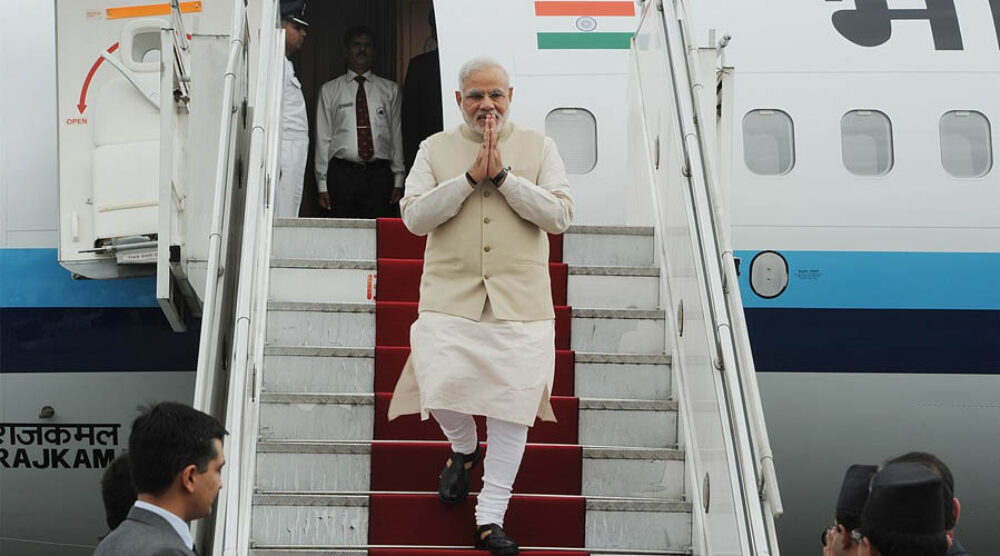IAN HALL |
During Narendra Modi’s first five years in office, the Indian prime minister made 93 foreign visits, equalling the number of trips his predecessor, Manmohan Singh, made over an entire decade. At an average of more than 18 visits every year, Modi also travelled far more than his counterparts. In 2018, for instance, Modi embarked on no fewer than 23 overseas trips. By contrast, US President Donald Trump went abroad just ten times that year, and China’s Xi Jinping 13 times.
After his re-election in May 2019, it seemed Modi might spend more time at home. His government, after all, has much to do. India’s economy is slowing, and major reforms are needed to accelerate growth and generate jobs. His Hindu-nationalist base continues to press for other changes in policy, including a long-promised uniform civil code for all religious communities concerning issues such as marriage, inheritance, and adoption. And then there is Kashmir, where his government’s decision to revoke the former state’s long-standing special status and impose a tight security lockdown could provoke a renewed insurgency, as well as heightened tension with Pakistan.
Please click here to read the full “Narendra Modi, frequent flyer” article published at The Interpreter, written by Griffith Asia Institute Deputy Director, Research, Professor Ian Hall.








